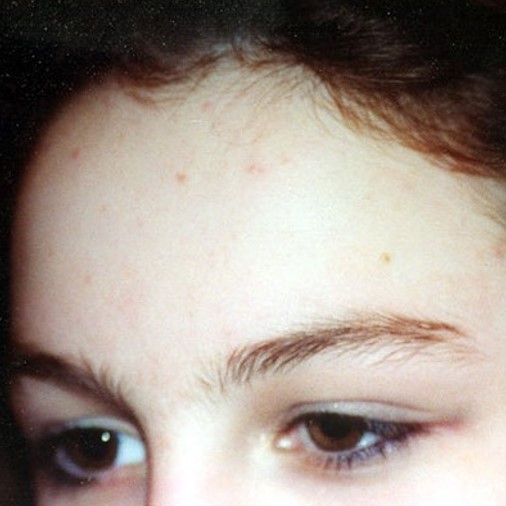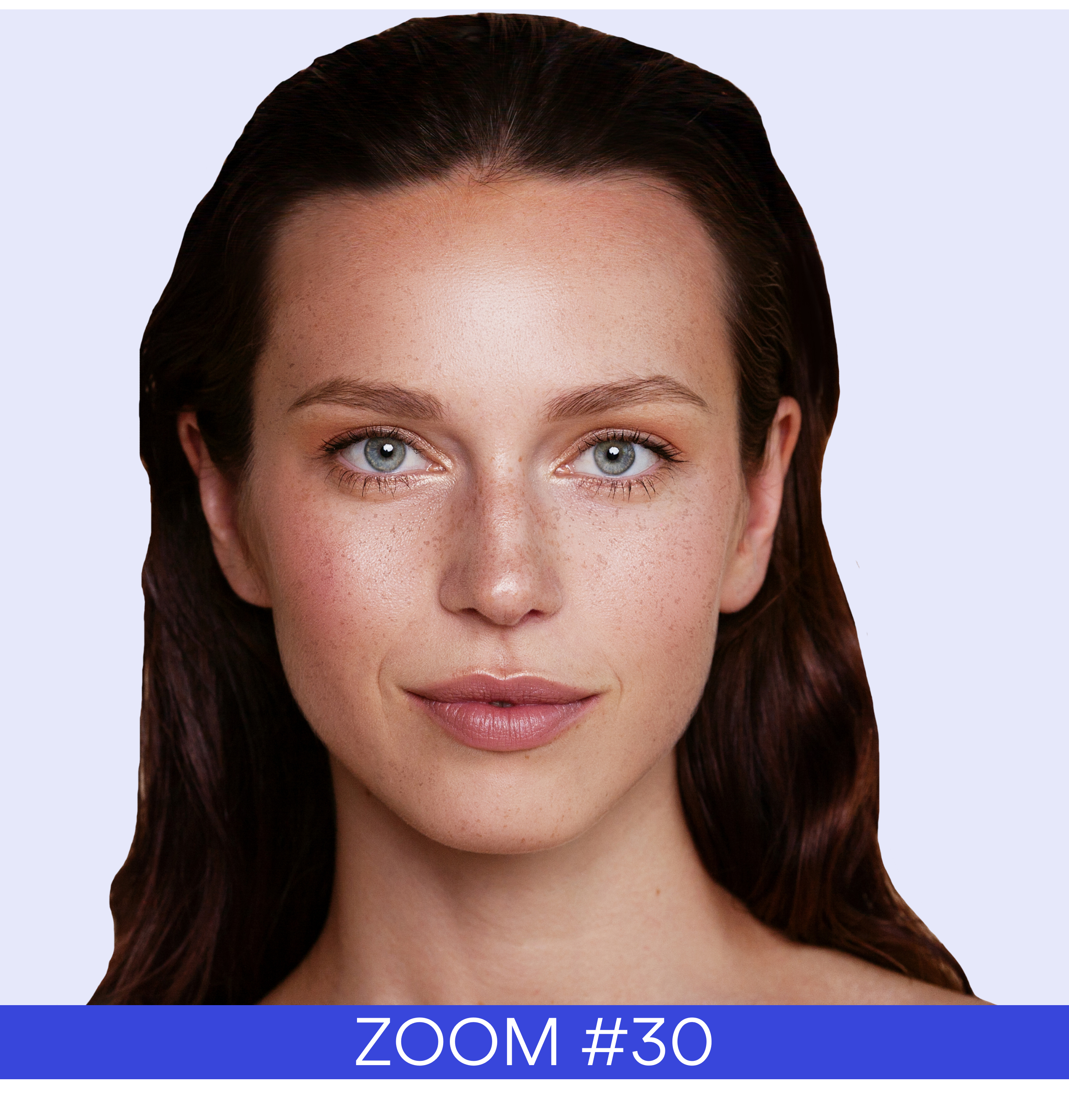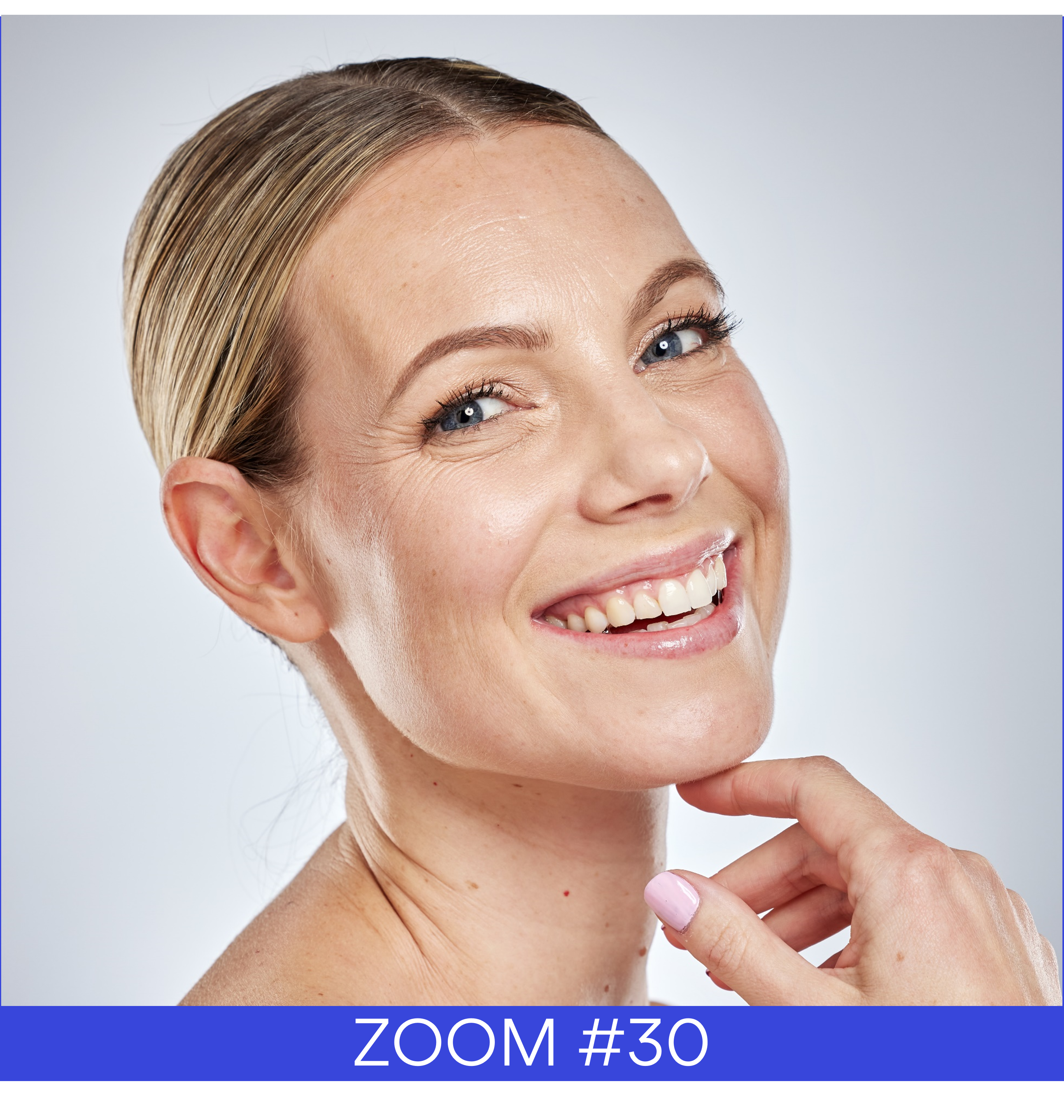Years ago, I served as the scientific spokesperson for Clinique, an Estée Lauder brand. As such, I was occasionally involved in the training of Clinique’s skin care experts—the persons dressed in white lab coats, manning Clinique counters in department stores. The training goal was to help the skin care experts identify their customers’ skin problems and to select the most appropriate products to improve the conditions of their skin. During one of these sessions, I was asked what should be given to a customer with severe acne. My answer was immediate and uncompromising: “To a customer with severe acne, you give the address of a good dermatologist.”
As a matter of fact, acne is a problematic pathology that can affect the skin and the psyche of the patient up to unbearable limits. The Webster Dictionary succinctly defines acne as one of the several inflammatory diseases involving the oil glands and hair follicles of the skin. This definition allows one to understand the large number of different manifestations of the disease. It also underscores the lack of precision associated with the term “acne.” This inaccuracy leads laypersons to improperly use the word acne, so that there is often a confusion when people speak of acne because the same word is used for things as different as acne, acneic pathologies, cosmetic acne and the like.
Acne in Medicine
“Real” acne, if I dare say so, can manifest itself in different ways: acne vulgaris, acne conglobate and nodular acne are major acneic-type diseases.









 Follow us on Linkedin!
Follow us on Linkedin!